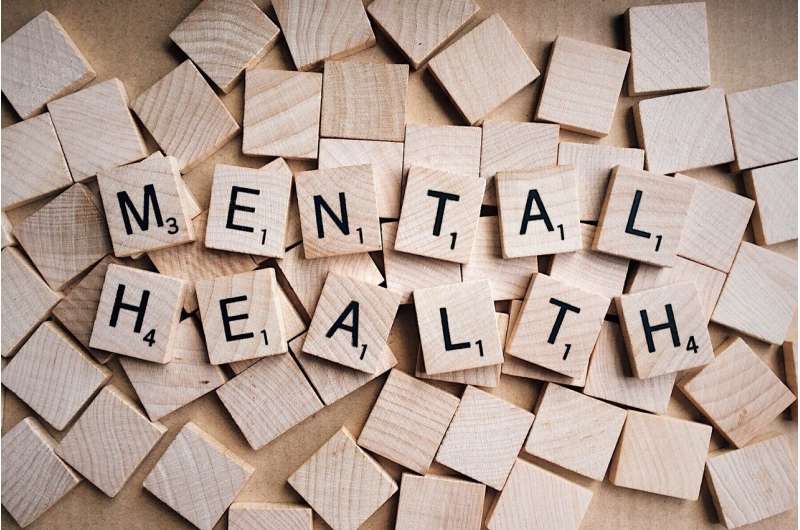How the Brain Responds to Bullying

New neuroresearch reveals how the brain reacts immediately to bullying, activating distress and threat responses linked to mental health risks. Early understanding of these neural pathways can improve intervention strategies.
Recent research conducted by scientists at the University of Turku has provided new insights into how the brain reacts immediately to instances of bullying. Led by Birgitta Paranko and Lauri Nummenmaa, the study investigated neural and attentional responses in both children and adults exposed to bullying scenarios through video simulations.
Participants, aged between 11 and 14 years old and adults, were shown first-person videos depicting individuals experiencing bullying or engaging in positive social interactions. The study revealed that, across all age groups, witnessing bullying triggers a distress signal in the brain. This alarm activates social and emotional neural networks, along with the body's autonomic threat response systems, which are responsible for physical reactions to danger.
Further experiments measuring eye movements and pupil sizes supported these findings, demonstrating heightened emotional and attentional responses to bullying compared to friendly interactions. Intriguingly, individuals with personal experiences of bullying in real life exhibited stronger neural alarm responses, indicating a possible link between personal history and brain sensitivity to social threats.
Lauri Nummenmaa explained that these distress pathways in the brain are promptly engaged when someone is bullied. The continuous activation of this alarm system may pose risks to both mental and physical health, as it leads to increased autonomic activity, which over time can be harmful.
This research underscores the significant impact bullying has on the brain's distress mechanisms and highlights the importance of addressing social threats to safeguard mental health. Understanding these neural processes can inform better intervention strategies for bullying victims and help develop protective measures for mental well-being.
For more details, visit: https://medicalxpress.com/news/2025-09-brain-bullying.html
Stay Updated with Mia's Feed
Get the latest health & wellness insights delivered straight to your inbox.
Related Articles
The Impact of RFK Jr.'s Advocacy on the Future of Psychedelic Therapy
RFK Jr.'s push for accelerated approval of psychedelic therapies could transform mental health treatment, but experts caution the need for rigorous science to ensure safety and credibility.
Alarming Link Between Relationship Breakdown and Increased Suicide Risk in Men
Recent research shows men are nearly five times more likely to die by suicide after relationship separation, highlighting the urgent need for targeted support and intervention strategies.



